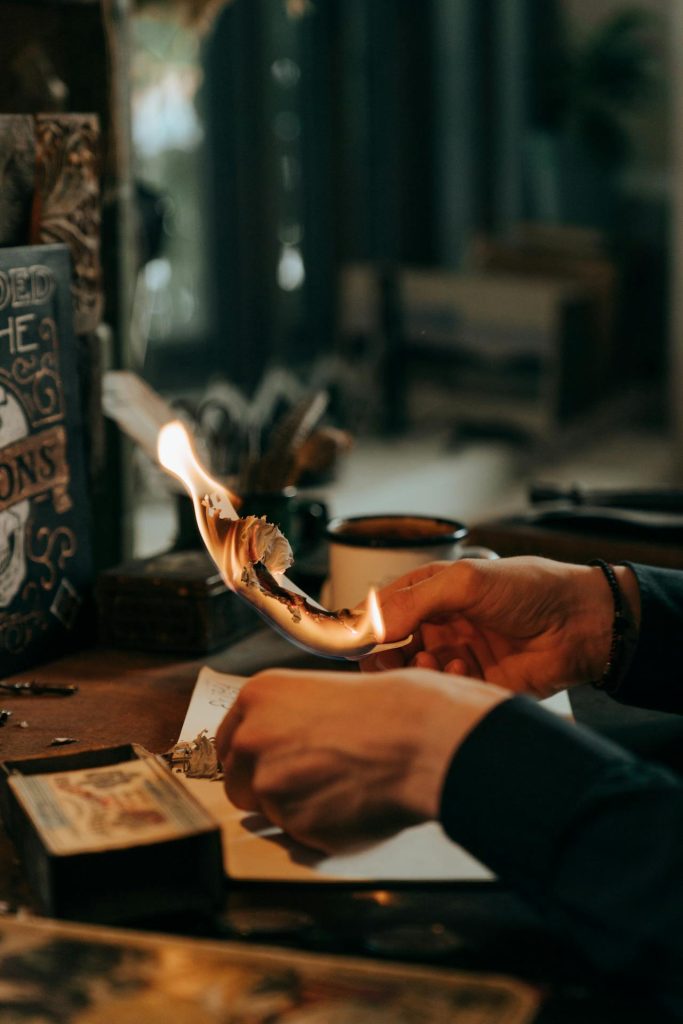Table of Contents
The Aesthetics of Magical Objects in Art: A Harmonious Blend of Myth, Symbolism, and Wonder
Magical objects have captivated the human imagination for millennia, serving as both symbols of the unknown and vessels of power. Their representation in art transcends mere depiction, embodying profound philosophical, cultural, and psychological meanings. This essay aims to explore the aesthetics of magical objects in art, highlighting their historical and symbolic roots, their role in engaging the viewer’s imagination, and the underlying philosophies that make them an enduring motif across different artistic traditions.

1. Historical Context and Symbolic Roots
Magical objects have origins steeped in mythology, folklore, and religious traditions. They have been present in cultures as diverse as ancient Greece, with its Pandora’s Box, and medieval Europe, where the Holy Grail captivated the Christian imagination. These objects often embody dualities, such as creation and destruction or divine and infernal power, allowing artists to convey complex theological and moral ideas.
Artistic representations of these objects reveal their symbolic significance. For example, the Philosopher’s Stone in alchemical and Renaissance art symbolizes the human quest for perfection and immortality. It was not just an imagined artifact but an embodiment of the transformative power of knowledge and spiritual enlightenment. Artists like Hieronymus Bosch and Pieter Bruegel the Elder infused such objects with enigmatic qualities, embedding them within works that challenge viewers to question the boundaries between reality and transcendence.
2. Aesthetic Qualities and Artistic Techniques
Magical objects in art are often depicted with an allure that transcends their physicality, drawing upon a rich palette of aesthetic techniques. The visual composition, color schemes, and lighting used by artists play crucial roles in evoking the otherworldly nature of these objects. For instance, in the Pre-Raphaelite paintings, objects like enchanted mirrors and mystical jewels are bathed in ethereal light, emphasizing their supernatural essence.
The depiction of magical objects often blends hyperrealism with fantastical elements. Renaissance artists, influenced by humanism and classical ideals, developed an aesthetic where mystical artifacts were rendered with lifelike precision but placed within imaginative or allegorical settings. This fusion of realistic detail with mystical themes heightened the sense of wonder and ambiguity, inviting the observer into a space where the line between the mundane and the supernatural blurs.
Modern art has also embraced the portrayal of magical objects, albeit with new interpretations. Surrealists like Salvador Dalí and René Magritte used their art to challenge perceptions of reality, employing motifs such as melting clocks and levitating objects. These works evoke the uncanny, encouraging the viewer to contemplate the illogical and the mysterious as intrinsic parts of human experience.
3. Psychological and Cultural Significance
From a psychological standpoint, magical objects in art tap into the Jungian concept of the collective unconscious, where archetypes such as the magician’s wand or enchanted sword symbolize latent powers and hidden aspects of the human psyche. Carl Jung’s theories suggest that these images resonate deeply because they represent universal human desires and fears—the aspiration for control over one’s fate or the dread of the uncontrollable forces of nature.
Magical objects also reveal cultural anxieties and aspirations. In times of political upheaval, for instance, artists have used them as allegories for resistance, hope, or divine intervention. The legendary Excalibur depicted in various artistic media has not only symbolized kingship and rightful rule but also justice and the divine mandate. Such objects become vessels through which complex sociopolitical ideas are communicated, often encoded in symbols that resonate with a shared cultural language.
4. Philosophical Interpretations
The aesthetic allure of magical objects often intersects with philosophical inquiries into the nature of reality, illusion, and the metaphysical. Plato’s concept of anamnesis—the idea that learning is a process of recollecting truths already known—parallels the portrayal of magical objects that seem to awaken forgotten knowledge or latent power within the individual. Similarly, the tension between techne (art or craft) and physis (nature) in Greek thought can be seen in artistic depictions of enchanted artifacts that are both man-made and imbued with an otherworldly essence.
Magical objects in art often embody paradoxes that echo existential questions: Can humans harness the divine? Are power and knowledge blessings or curses? The portrayal of these objects challenges viewers to confront these dualities. Consider the paintings that feature the Golden Fleece or the Ring of Power—each a potent representation of human ambition and the consequences of transgressing moral boundaries. In essence, magical objects serve as focal points for the contemplation of human limitations and potential.
5. Engagement with the Viewer’s Imagination
Perhaps the most compelling aspect of the aesthetics of magical objects in art is their ability to engage the viewer’s imagination. These objects act as portals to other realms, both literally and metaphorically. They evoke a sense of wonder and stimulate curiosity, encouraging viewers to ponder stories beyond the frame. For this reason, artists often imbue such artifacts with intricate details that suggest hidden stories and possibilities, thereby activating the viewer’s sense of exploration.
Contemporary artists continue to experiment with this dynamic, using mixed media and interactive installations to draw viewers into participatory relationships with the magical. Digital art and virtual reality have expanded this interaction, creating immersive experiences where audiences can engage directly with depictions of mystical objects, challenging traditional boundaries of space and perception.
Conclusion
The aesthetics of magical objects in art weave together history, symbolism, psychology, and philosophy to create a rich tapestry that has enthralled audiences for centuries. These objects serve as bridges between the tangible and the intangible, inviting viewers to explore themes of power, transformation, and the mystery of existence.
Through their depiction, artists not only convey their unique interpretations but also evoke a universal sense of wonder, reminding us of the timeless human inclination to seek and imagine the extraordinary within the ordinary. In an age where the tangible and the digital increasingly converge, the artistic portrayal of magical objects continues to inspire reflection on the profound and often paradoxical nature of reality itself.


No responses yet